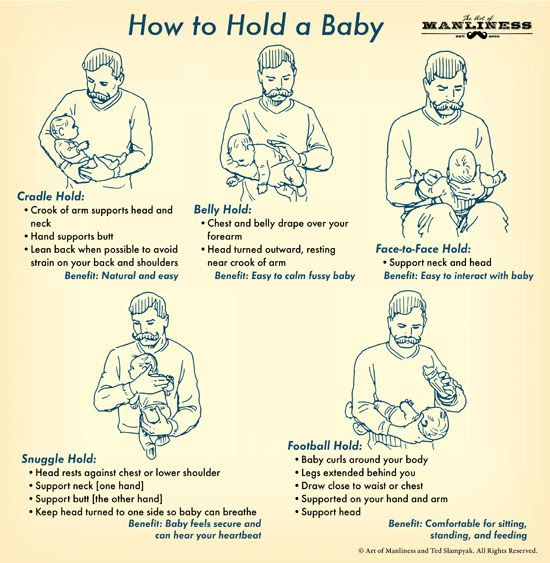How to keep a baby awake while feeding
Keeping Your Baby Awake During Breastfeeding
Gently preventing your baby from nodding off while feeding will help to foster better feeding and sleeping habits.
new born babyMany babies have a cute tendency to nod off when they are feeding. Warm and cosy on the breast or cuddling in with a bottle, they drop off mid-feed and don’t want to be woken for another hour.While super-cute, this isn’t ideal. Keeping your baby awake at feeding time is important to avoid a feed-to-sleep association. That is, your baby gets into the habit of needing a feed in order to fall asleep. So how do you keep her from nodding off while feeding?
Understand sleeping patterns
Babies need a lot of sleep. Homeostatic pressure is the build-up of ‘need for sleep’ over time. In newborns, this pressure builds quickly; as babies grow and develop, it gradually lessens. Newborns can generally only tolerate around 45 to 90 minutes of wakefulness before needing to sleep. Toddlers can go for much longer – with stretches of up to five hours of being awake before needing to sleep again. Also bear in mind that a newborn’s circadian rhythm or ‘body clock’ does not properly develop until about six months of age. This clock is a 24-hour cycle that tells our bodies when to sleep, and also signals hunger and digestion.
How to keep your baby awake
Keeping your baby awake while feeding will help to foster good feeding and sleeping habits.
Observe your baby and keep track of her natural biological patterns of sleep and hunger. Once you know the patterns, then feed her at the times she is most awake – either right after waking up or well before she is ready for sleep again.
Also create an environment for eating, not sleeping. Here are some tips:
- Feed her in a lighted room – darkness sends a signal to their body that it’s time to sleep.
- Keep things cool – unwrap the swaddle or take her out of her sleep sack or pajamas before feeding. Your baby may associate warmth and wrapping with sleep time, so exposing her chest and feet to the air will send her an ‘awake’ message.

- Don’t be afraid to move – move your baby around and burp her to keep her alert. If she seems drowsy, remove the bottle or gently unlatch her and change positions to rouse her. You can also gently blow air on her cheeks or forehead (avoid blowing air directly into her face), stroke her bare feet or change her nappy.
- Make some noise – while a feeding environment should be calm and not too stimulating, playing music or singing and speaking with your baby while she feeds is a nice way to bond while keeping her engaged and awake.
Want to know more? Call us on 1800 842 098 or Live Chat now.
Related articles
Breastfeeding challenges: dealing with low milk supply
Read more
Top 5 tips for returning to work
Read more
Allergies: what to know when pregnant and breastfeeding
Read more
27 Ways To Keep Baby Awake While Breastfeeding — Milkology®
Newborns (especially in the first couple of weeks) tend to be EXTRA sleepy.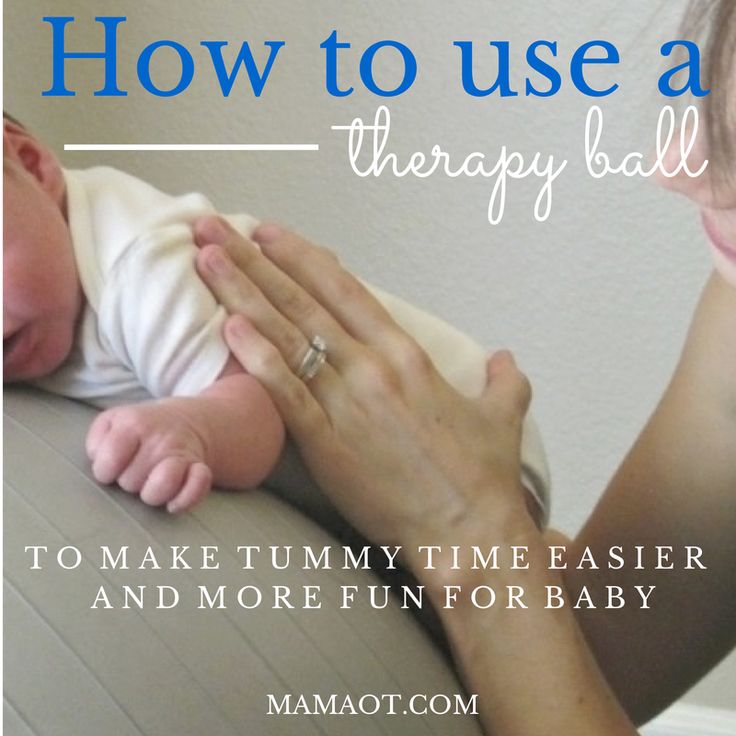
This can pose a problem with breastfeeding because they might not wake enough to take full feedings. Keeping them awake while breastfeeding is key to getting them to eat enough.
It’s no surprise that they can easily fall into a deep sleep while breastfeeding...
According to a study, there’s a hormone released while breastfeeding called cholecystokinin (or CCK) that naturally makes them feel full and drowsy. And the younger the infant is, the higher the concentrations of CCK is released in their body.
Knowing this - you'll need tips and tricks up your sleeve to keep your baby awake long enough during breastfeeding.
(Try 1 or 2 each feeding session to see what works best to rouse your baby)
Light up the room.
Take off their clothes and socks.
Change up breastfeeding positions.
Burp the baby.
Blow air on their cheeks or forehead.
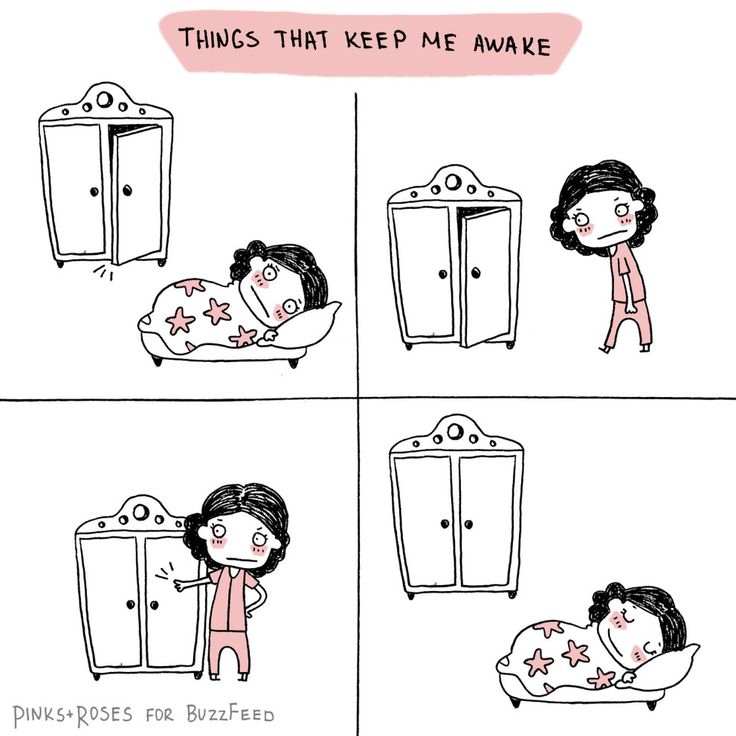
Change their diaper.
Play music.
Sing to them or play with your baby.
Stroke the palms of their hands and soles of their feet.
Feed them during their light REM sleep cycle (when their eyelids flutter, they grin in their sleep, and have clenched fists)
Get skin to skin with your baby.
Massage the crown of your baby’s head while their feeding.
Wet a washcloth with lukewarm water and rub it on their face or along their hairline.
Do breast massages while feeding to encourage them to feed longer.
Run your fingers gently along their cheek or foot.
Switch breasts as soon as you notice baby stops actively suckling and begins to trail off.
Breastfeed in the “football” hold.
If your nipples are sore, these are an absolute lifesaver. They’re super cheap, can be worn for multiple days (perfect when you’re trying to get a good latch), and are soooo soothing.
They’re super cheap, can be worn for multiple days (perfect when you’re trying to get a good latch), and are soooo soothing.
Lay them down on a flat, firm surface.
Bathe them.
Stroke your baby’s cheek if they’re latched but not actively nursing.
Move their arms and legs in a bicycling motion.
Talk to your baby!
Walk your fingers up baby’s spine.
Tickle their lower lip to encourage them to latch.
Feed your baby as soon as they wake.
Unwrap the baby from their blanket.
After trying a few tips, express milk for your baby if they’re still not responding. You can use hand expression or your pump.
Also, be sure to closely monitor their pee and poop output and weight gain to make sure they’re consistently getting enough to eat.
In the early weeks, newborn sleep is largely dictated by hunger so sleep duration varies a lot.
Until baby is back to birth weight (ideally by 14 days), try to gently wake baby every 3 hours for a feeding if they’re still sleeping.
🤱 1. If your nipples are sore, these are an absolute lifesaver. They’re super cheap, can be worn for multiple days (perfect when you’re trying to get a good latch), and are soooo soothing.
💪 2. Boost supply and tone up postpartum. Milk Dust is protein powder made just for breastfeeding moms. It nourishes and tones postpartum bodies (and contains milk boosting ingredients too!) Get 10% off Milk Dust using the code MILKOLOGY at checkout
💦 3. Ditch nursing pads for something better. The Elvie Catch protects your nipples and also catches milk from your letdowns. It helps you build your freezer stash without even trying! Save 15% on the Elvie Catch using the code MILKOLOGY
Breastfeeding, Common ConcernsStacey Stewart
90,000 how to put a baby to sleep without breastfeeding04/21/2011
1265340
1307
Feeding and sleep
3-9 months --1. 5–3 years
5–3 years
Article
Elena Muradova
Elena Muradova
Head of the BabySleep Center, the first sleep consultant in Russia, author of the BabySleep methodology
Mother of three children
One of the most common questions that a sleep consultant is asked is how to teach a child to fall asleep without breastfeeding. Is it possible to separate sleep and food, and should a child be taught to fall asleep without breastfeeding? nine0003
Baby crisis calendar
Why does the mother want to stop breastfeeding?
Between the ages of 9 and 15 months, many children experience a dramatic deterioration in sleep. The baby may wake up 8-10 times a night or even more often, it is difficult to put him back to bed, he constantly requires feeding (especially if he is used to breastfeeding on demand).
Mother and child do not get enough sleep. Constant sleep disturbance, irritation and fatigue are unbearable.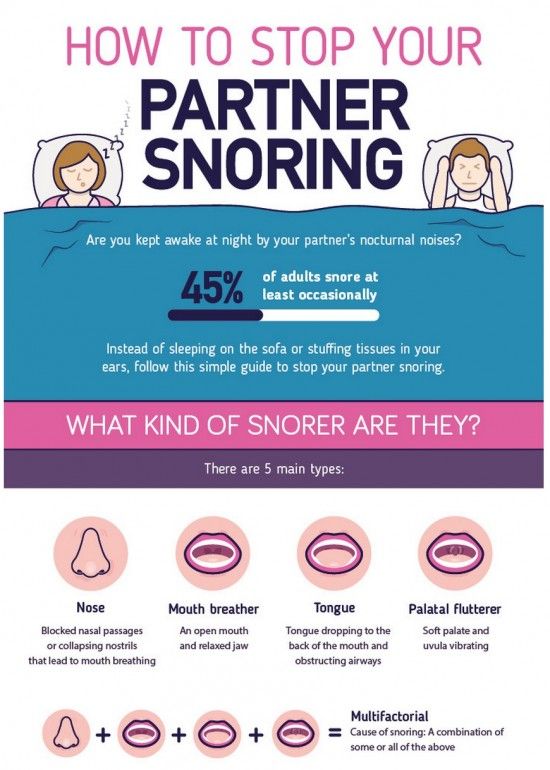
The mother is told that “the baby cannot sleep well if you are breastfeeding”, “only the completion of breastfeeding helped with the baby's sleep”. It seems that neither she nor the baby can sleep properly because of breastfeeding. Mom decides to wean the child from breastfeeding. nine0003
Stop, Mom!
Baby's sleep problems are not related to breastfeeding. It's all about dream associations. This is how the child is used to falling asleep. If you want to keep breastfeeding and still sleep well, you need to separate food and sleep. That is, to divide the time of sleep and feeding. You will be able to feed the baby before bedtime, and then he will fall asleep. On nighttime awakenings, you will quickly put him to sleep again. You will cut down on nightly attachments, but keep breastfeeding comfortable. nine0003
This is a very important topic. It is very difficult to defeat a stereotype that has existed for a long time. Year after year, moms improve their babies' nighttime sleep through weaning. Sleep and food are separated, the association for sleep - breast sucking - is removed, and the child begins to sleep wonderfully at night.
Year after year, moms improve their babies' nighttime sleep through weaning. Sleep and food are separated, the association for sleep - breast sucking - is removed, and the child begins to sleep wonderfully at night.
The delighted mother tells all her friends about this method of improving sleep and willingly shares the secret of good sleep on the Internet. Sometimes she regrets that she had to turn off breastfeeding so early, she wanted to feed longer, and the child gets sick more often. But sleep is more important. It was simply impossible to endure sleep problems anymore, the child had to be weaned, there was no choice. But there is a choice! nine0003
How does a baby who sleeps on his chest sleep?
Let's see how a baby sleeps who falls asleep exclusively at the breast. Evening, the child is tired, it's time for sleep. From birth, the child is used to the fact that the mother gives him the breast to fall asleep. It is so natural and pleasant, warm and comfortable. This is the association for sleep. To fall asleep, the child needs to eat, that is, sleep = food. Many somnologists in Russia, America and Europe consider falling asleep on the chest a “wrong” association for sleep. Why wrong? Because it impairs sleep. Waking up at night, the child cries and demands to create the conditions in which he is used to falling asleep. That is, he does not need food, but help to continue sleeping. nine0003
This is the association for sleep. To fall asleep, the child needs to eat, that is, sleep = food. Many somnologists in Russia, America and Europe consider falling asleep on the chest a “wrong” association for sleep. Why wrong? Because it impairs sleep. Waking up at night, the child cries and demands to create the conditions in which he is used to falling asleep. That is, he does not need food, but help to continue sleeping. nine0003
Indeed, children often wake up at night, and this is an absolute norm. The child sleeps with awakenings between sleep cycles. We adults do too. But we immediately fall asleep again and do not remember this. And in order to continue sleep after the next awakening, the child needs the usual conditions for falling asleep (after all, he simply does not know how to fall asleep in a different way), in our case, the chest.
Should everyone separate food and sleep?
I don't think going to bed with a breast is a wrong association for everyone.. . The main criterion in this matter is a calm child and a mother who gets enough sleep. nine0003
. The main criterion in this matter is a calm child and a mother who gets enough sleep. nine0003
What else affects a child's sleep?
Now we know why the situation “hangs all night on the chest, doesn’t eat much, but it’s impossible to lay down again without a breast” can arise. The baby falls asleep as best he can, and he only knows how to fit with his breast in his mouth. At the age of 9-15 months, there are other reasons for a child’s poor sleep (not counting the “eternal teeth” and diseases):
- Stage of development: baby gets up, tries to walk. He can do this at night too - jump up right in his sleep. This is how he develops a new skill. nine0061
- Change of mode, transition from 2 dreams to 1. This can affect both the duration and quality of a night's sleep.
You need to help the baby survive the difficult stage, but try not to introduce new associations to sleep - for example, motion sickness.
How to separate breasts and sleep without curtailing breastfeeding?
It has been decided, we will not introduce new unwanted habits, but what about feeding at night? Maybe curtail breastfeeding, and the association food = sleep will disappear? nine0070 But WHY end GW if it's enough just to separate feeding and falling asleep a little in time?
How to teach a child to fall asleep without a breast? When to feed the baby?
You can breastfeed 20-30 minutes before bedtime. And keep feeding in the morning, at 5-8 o'clock, if you want to keep lactation. If you want to sleep better, you can and should help your child learn to fall asleep on their own. Waking up at night, the baby will calmly roll over to the other side, or it will be enough to say: “sleep, my dear,” and he will continue his sleep. There are many methods of teaching self-sleep to sleep, but this article is not about them. Now we are interested in how to teach a child to fall asleep without a breast, how to separate food and sleep? nine0003
I will give you some practical ways that you can adapt to your situation.
How to separate food and sleep? Practical tips
1. When a 4–6 month old baby suddenly falls asleep without a breast — rejoice!
If the child himself gives you such an opportunity, do not miss it. This ability (natural for many children) will greatly facilitate your life in the future. When the baby wakes up, feed him well. When it's time for bed, try laying him down again without breastfeeding. When the baby falls asleep on the chest - good; when without - support it. As a result, sleep will not depend on the breast. nine0003
2. Prepare
If you decide to teach your child to fall asleep without a breast:
- Spend as much time as possible with your baby. Physical contact and closeness are very important. A lot of attention during the day - a calmer sleep at night.
- During the day, offer not only the chest, but also other ways to calm down - hug, carry, stroke, lie on the bed.

- Trust that comfort and comfort come from YOU, not just from your chest. Your confidence will be passed on to your child. nine0061
3. Change environment, bed ritual or “layer”
Mom will breastfeed, and then dad or grandmother will read a book, sing a song, hug and help fall asleep. On the first night, for example, on the handles, the main thing is without breasts. Practice shows that this method often works. The chances increase if there is a fairly clear regimen, a ritual of going to bed, masterful abilities of family members: an affectionate, calm, confident voice and the ability to distract. nine0003
4. You can apply a quick method of learning to fall asleep on your own
There are different teaching methods. BabySleep does not use or recommend separation between baby and mother ("leave to cry"). Our techniques combine softness and fast efficiency. The methodology is selected by the consultant individually - the choice depends on the age of the child, his individual characteristics and temperament, habits, wishes of the mother and many other factors.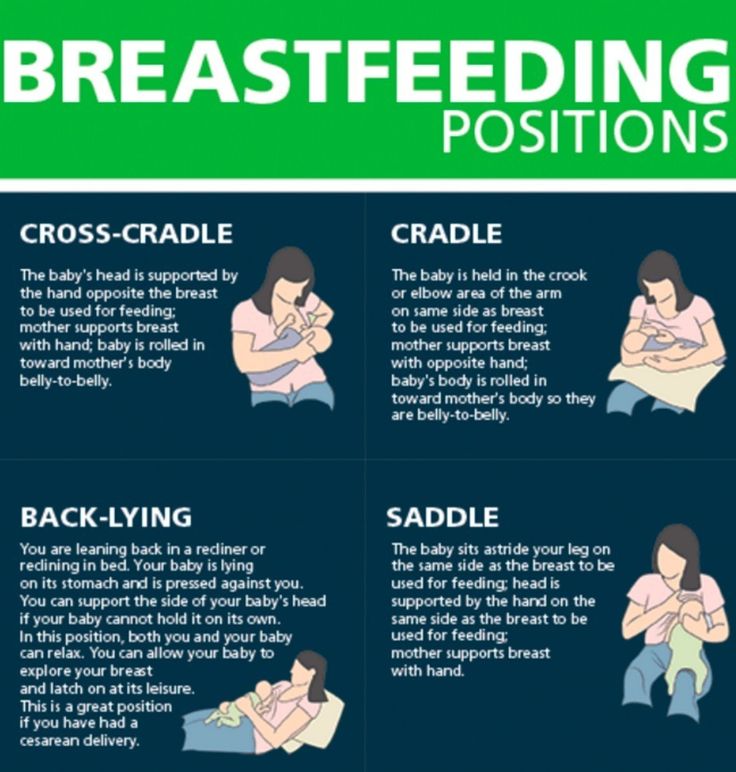 nine0003
nine0003
5. Fading technique
Fading is the gradual separation of food and sleep. No tears at all, very soft. But, unfortunately, this way is quite long. We act according to the rule "two steps forward - one step back."
Essence: We do not refuse to suck before going to bed! Mom feeds, and then offers to listen to a fairy tale or a song, talk, stroke - you need to experiment and find a way to distract.
The baby may ask for a breast again. It is important that entertainment and breastfeeding do not occur at the same time. Mom gives the breast, but after a while she takes the breast again and distracts the child with a book or a conversation. If the baby wants to listen or talk, he stops sucking. At this stage, the goal of the mother is for the child to get used to the fact that before going to bed you can listen to something interesting or your mother can stroke him, and that you can fall asleep without a breast in your mouth. nine0003
After a while, the baby will sometimes be able to fall asleep without the breast in his mouth. When it becomes stable to feed, then sing or read to fall asleep, you can begin to “forget” to give your breast for sleep - that is, immediately move on to other methods of calming down. If the child does not want to forget, let him suck.
When it becomes stable to feed, then sing or read to fall asleep, you can begin to “forget” to give your breast for sleep - that is, immediately move on to other methods of calming down. If the child does not want to forget, let him suck.
I wish you good sleep and happy breastfeeding!
#gw
1265340
', nextArrow: '', responsive: [{breakpoint: 1199, settings: {arrows: !1, infinite: !1, slidesToShow: 1}}] }) }) nine0000 How to sleep with a babyestablish a general routine
What do most women do when their baby falls asleep? Someone rushes to cook, someone begins to hastily clean the apartment, iron, wash - there are always plenty of things to do in the family. But in vain. You can do household chores even when the baby is awake, but he definitely won’t let you sleep. Therefore, if a son or daughter falls asleep, drop everything and go to bed with the child. There is no perfect order or dinner is not prepared? You can do all this later, when you rest, and, by the way, you will most likely spend much less time and effort. Therefore, the first rule of mom's regimen: sleep when the baby sleeps. To feel normal, a woman (especially a nursing mother) must sleep both at night and during the day. So adjust the general regimen of the day: you can adapt to the child’s sleep, or, on the contrary, you can adjust the child’s sleep to your routine (although this will be more difficult to do). nine0003
Therefore, the first rule of mom's regimen: sleep when the baby sleeps. To feel normal, a woman (especially a nursing mother) must sleep both at night and during the day. So adjust the general regimen of the day: you can adapt to the child’s sleep, or, on the contrary, you can adjust the child’s sleep to your routine (although this will be more difficult to do). nine0003
accept help
Use volunteers as often as possible to babysit, walk with or just feed your child. And here the help of the husband, grandparents will be invaluable. Do not trust the baby mother-in-law? Do you think that dad will not be able to entertain the baby for a couple of hours? Worried that grandpa will get lost with the baby while strolling around the house? In vain. Your loved ones are adults, they wish both you and the baby only the best and are unlikely to harm him in any way. At most, a diaper is buttoned crookedly, an extra blouse is put on the baby, or they give him the wrong nipple. nine0003
nine0003
If possible, make arrangements with your family so that they can babysit at least two or three times a week, giving you a couple of hours to sleep and rest. By the way, for this you can invite a nanny. And again - no household chores at this time, only - sleep!
sleeping with the baby
Co-sleeping has many advantages: the mother does not have to get up, wake up, go to the crib, get the baby out of it. She can feed the baby and at the same time almost never wake up: after all, the baby will find the breast on its own. Yes, and many children sleep only with their parents - in order to fall asleep, some babies need to feel the familiar smell and warmth of a loved one. This method has both its supporters and opponents, but in any case, if you choose to sleep together, you need to ensure the safety of the child. You can not put the child on the edge of the bed - he can turn around and fall to the floor; you can not put it next to the parent pillow - the baby may turn unsuccessfully and his breathing will be disturbed. nine0003
nine0003
And it's best not to put the baby in the same bed with adults, but simply move the crib to the parent's bed, after removing the side rail from it (today there are even special cribs for sleeping together). So the child will feel the closeness of mom and dad, and parents will sleep peacefully, without worrying about his safety.
“Stock up” with sleep
Scientists have found that lack of sleep or insomnia is fully compensated by a full rash preceding it (or subsequent after it). And if so, then you can “stock up” on sleep. A couple of times a week (well, or one for sure) you need to arrange a day for yourself when the dream lasts 8-9hours per day. Here again, relatives or a nanny will come to the rescue. You can select once a week when you sleep all night, and dad gets up at night for the baby. True, this is convenient when the child is bottle-fed or at least agrees to drink expressed mother's milk from a bottle at night. If this is not possible, then you need to agree with your husband that, for example, on the weekend he takes the child and works with him for a couple of morning hours, and you fill up the missing time. Or let your grandmother (nanny) come in the morning, who will also let you make up for a night's sleep. nine0003
If this is not possible, then you need to agree with your husband that, for example, on the weekend he takes the child and works with him for a couple of morning hours, and you fill up the missing time. Or let your grandmother (nanny) come in the morning, who will also let you make up for a night's sleep. nine0003
go to bed together at night
Usually, after putting her baby to bed, a mother either rushes to finish the day's chores, or tries to find time for herself (surf the Internet, read a book, watch TV, get a manicure). But it is the first three to four hours of sleep at night that children sleep best. Take note of this and go to bed at night at the same time as your baby. Otherwise, you have not yet had time to fall asleep (or just fell asleep), as the baby woke up for night feeding or just like that. As a result, you will get not only a shortened night's sleep, but for sure at night the baby will wake up a couple more times and interrupt it. nine0003
nine0003
put the child to bed early
As a rule, an adult who goes to bed early wakes up earlier. But in children there is no such pattern. Therefore, do not be afraid that today, having fallen asleep before 9 pm, tomorrow the baby will wake you up at dawn. On the contrary, the later the child falls asleep, the worse and more restless he sleeps. And just early laying gives a more complete and prolonged night's sleep. And this is exactly what a tired mom needs! But in order to establish such a daily routine, all family members will have to try. But then it becomes much easier for them. nine0003
Try to improve your routine and sleep more, and the whole family will feel much better. Even with a small child, it is possible not to feel sleep deprivation. Try it and see for yourself.
If this arrangement suits all members of your family, practice co-sleeping. This is a real salvation for mothers whose children often wake up at night. Sleep deficiency disrupts the formation of serotonin in the body - a biologically active substance, which is also called the hormone of happiness, calmness and good mood. As a result, a person deprived of normal rest constantly experiences irritability and a feeling of depression
Sleep deficiency disrupts the formation of serotonin in the body - a biologically active substance, which is also called the hormone of happiness, calmness and good mood. As a result, a person deprived of normal rest constantly experiences irritability and a feeling of depression
Try to instill a regular sleep-wake schedule in your child. This will make your day more organized and make you less tired.
Attention! Prices for services in different clinics may vary. To clarify the current cost, select a clinic
Clinical Hospital MD GROUPClinical Hospital Lapino-1 "Mother and Child"Children's Clinic KG "Lapino" on New Riga (branch)Clinic "Mother and Child" KuntsevoClinic "Mother and Child" SavelovskayaClinic "Mother and Child" South-WestClinic "Mother and Child" » Novogireevo
All directions
01.